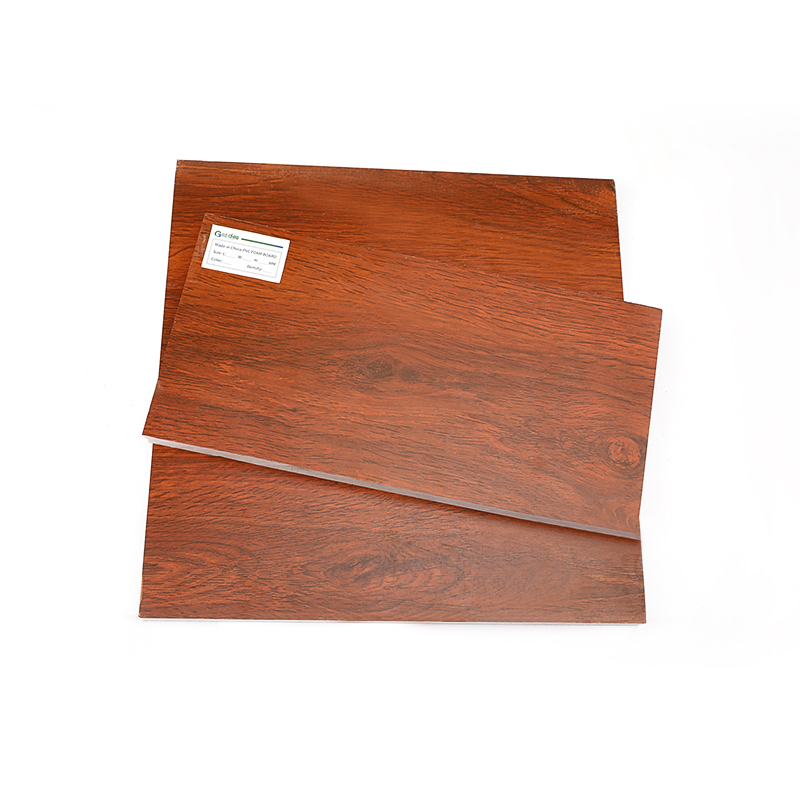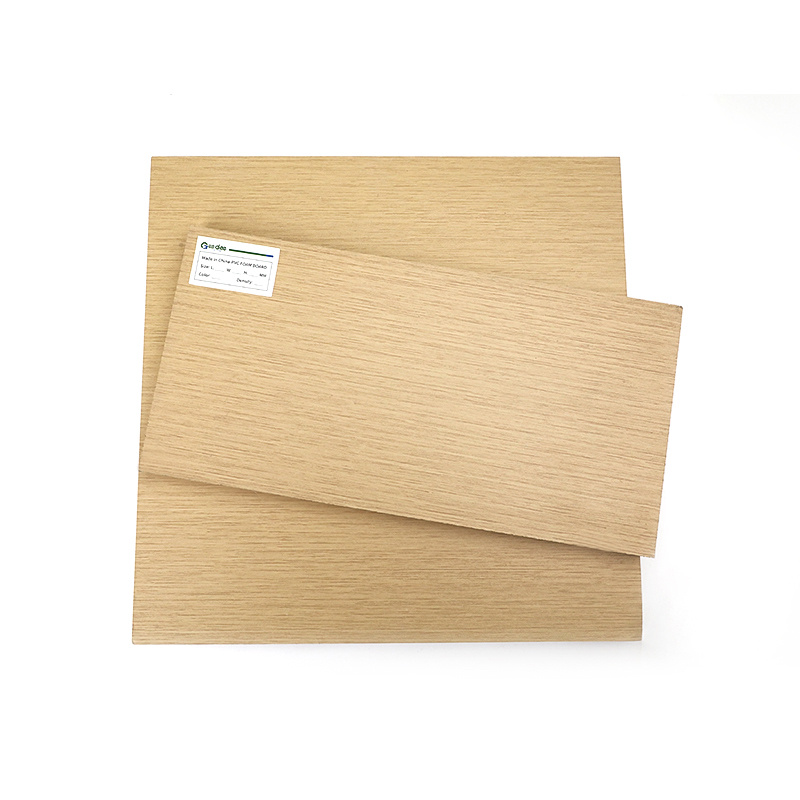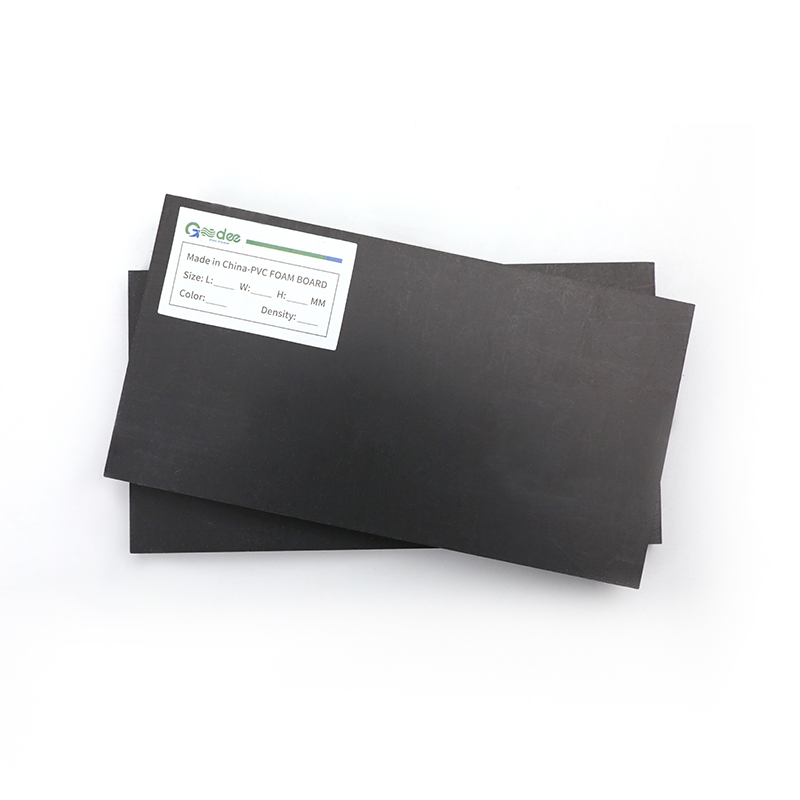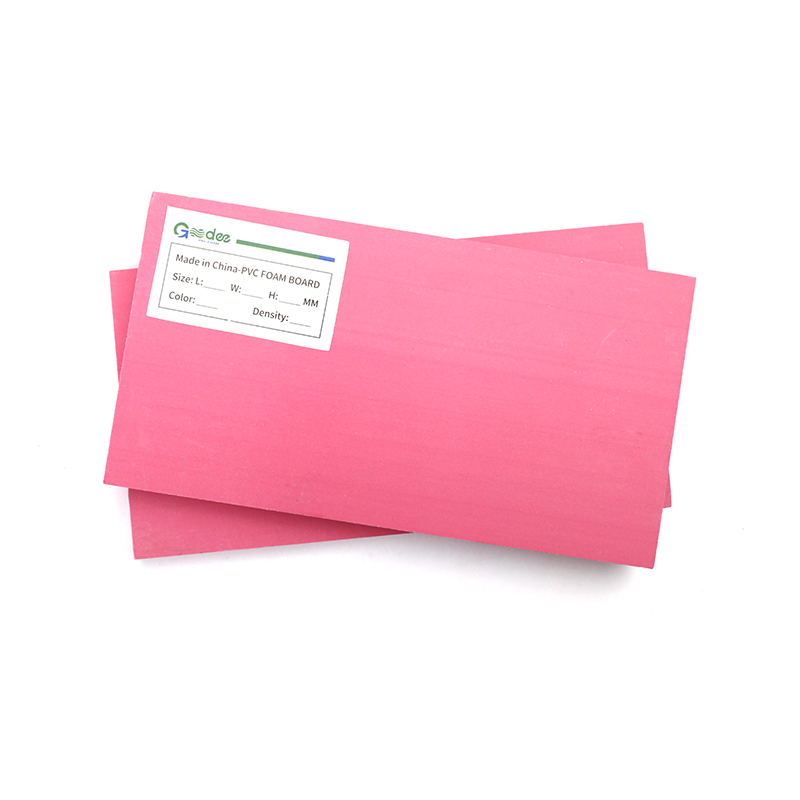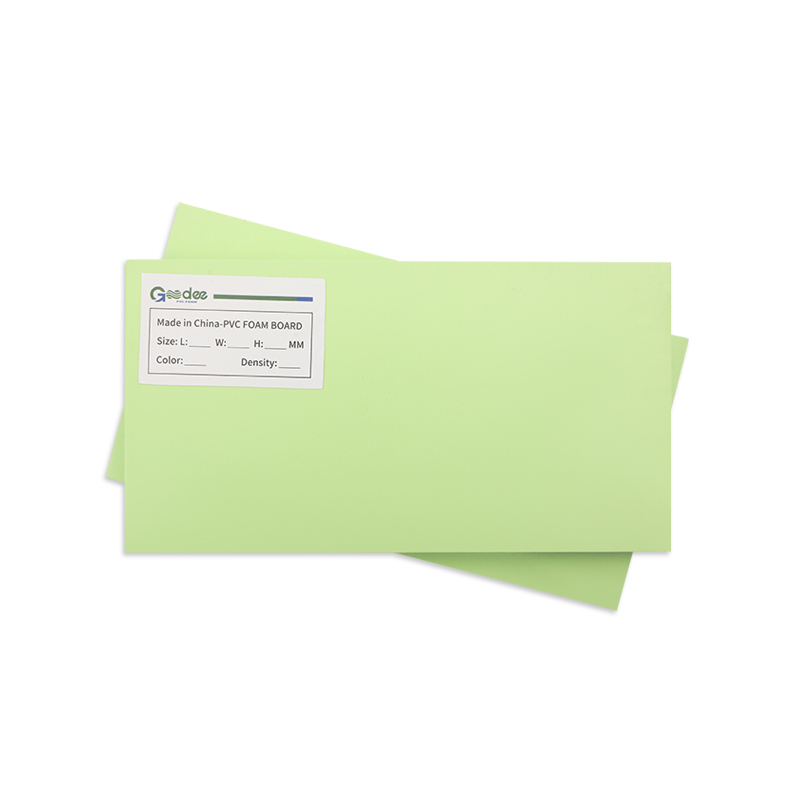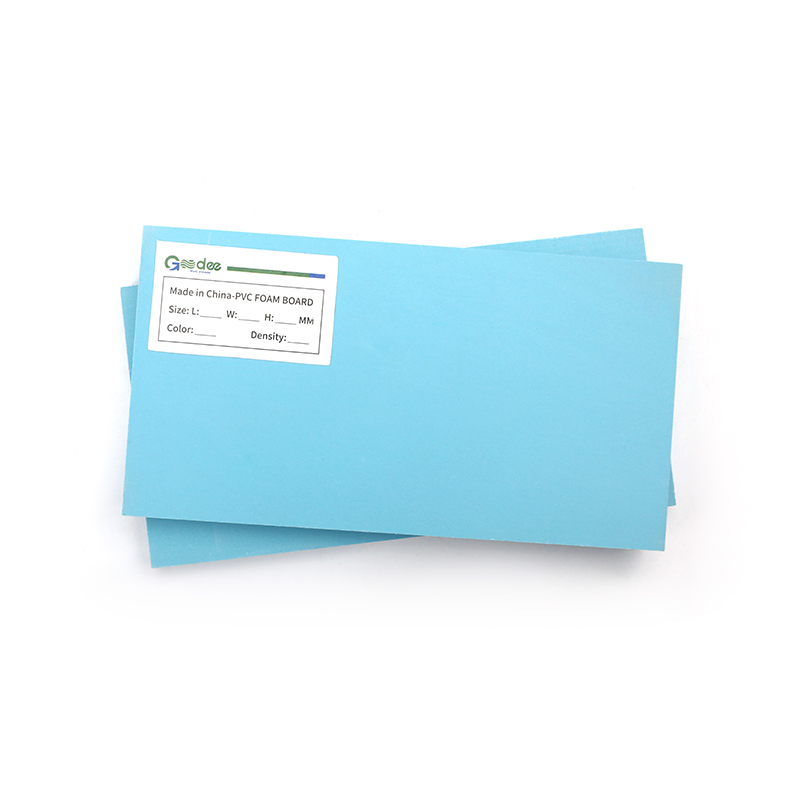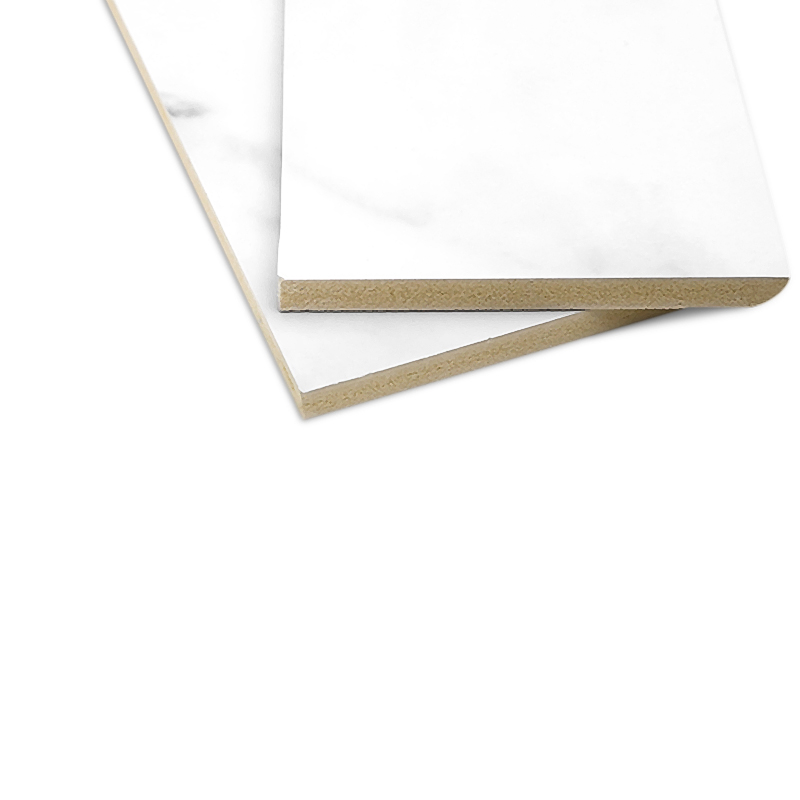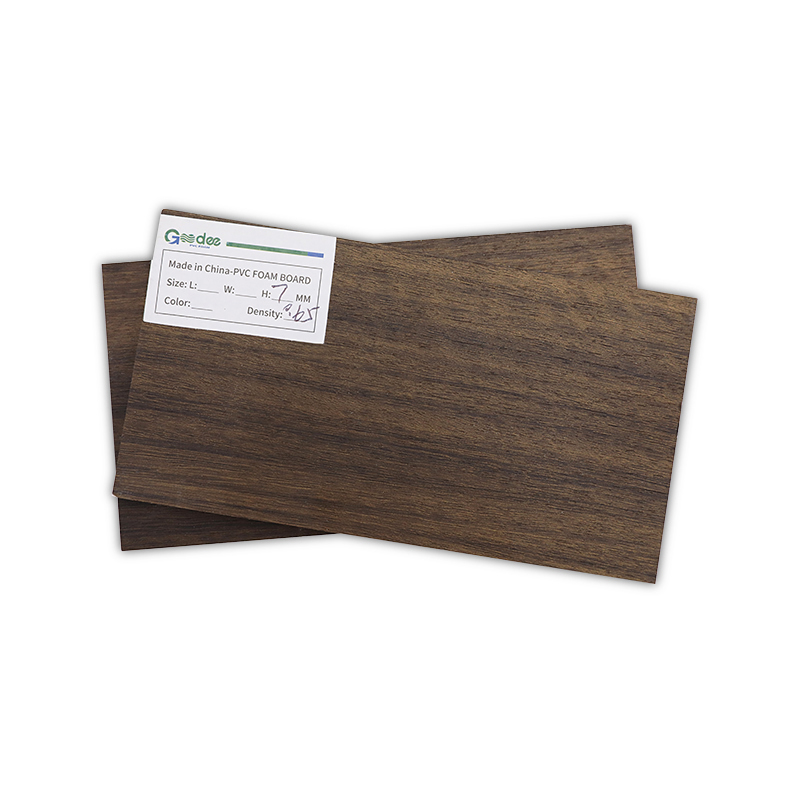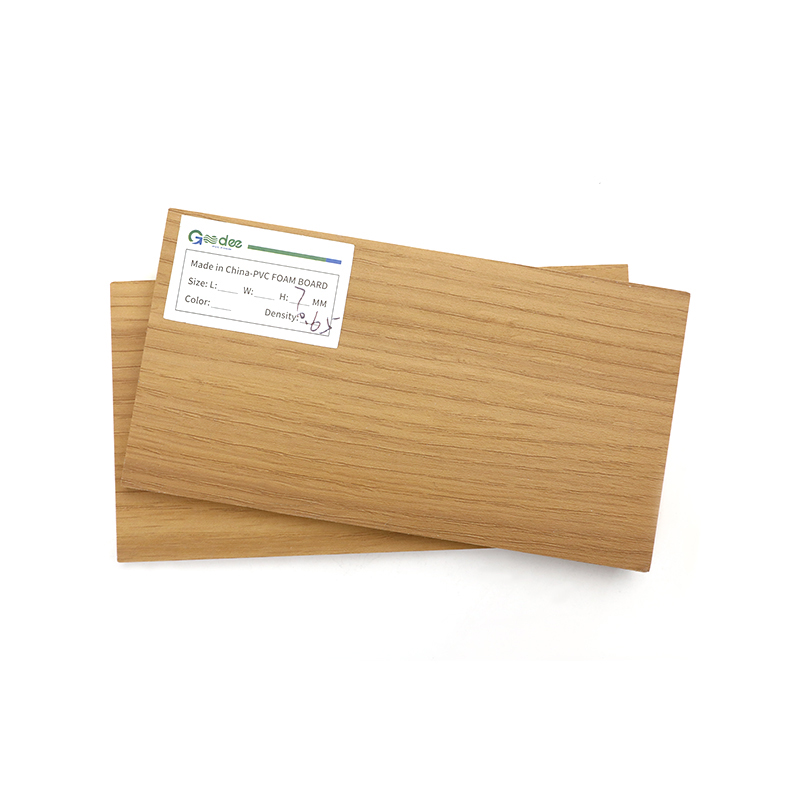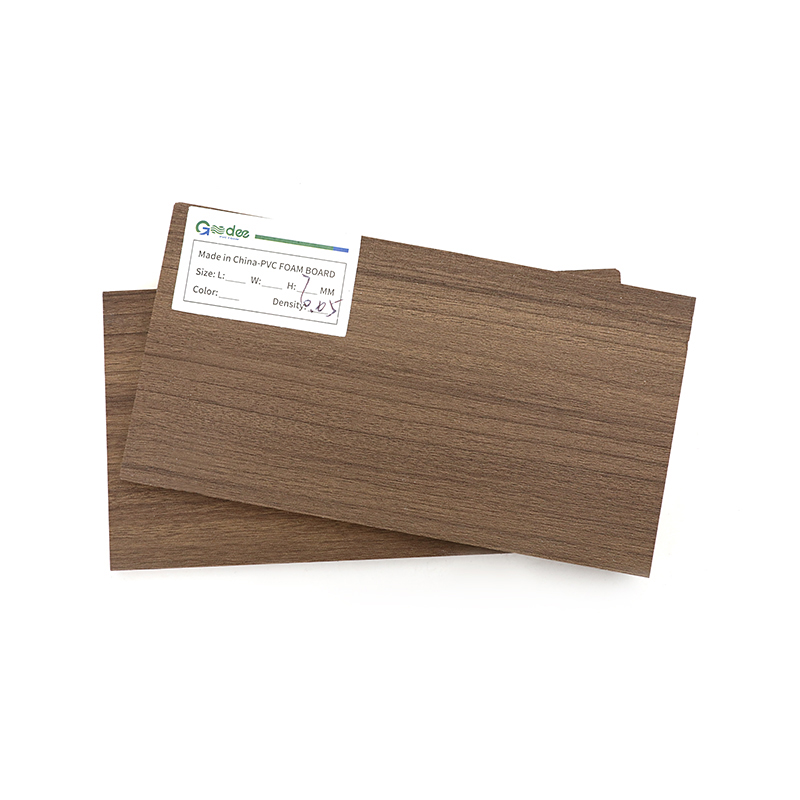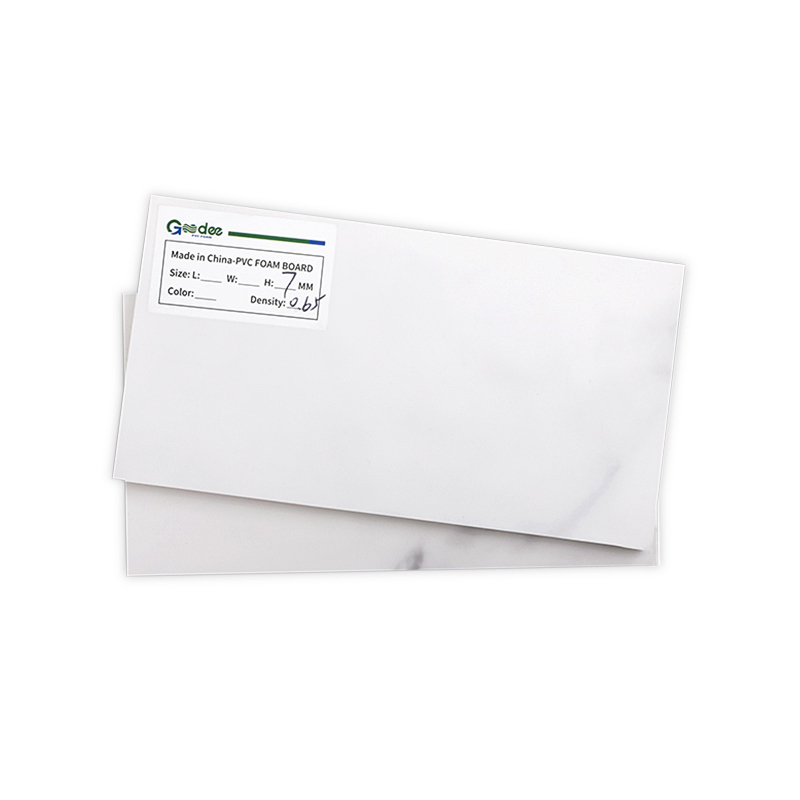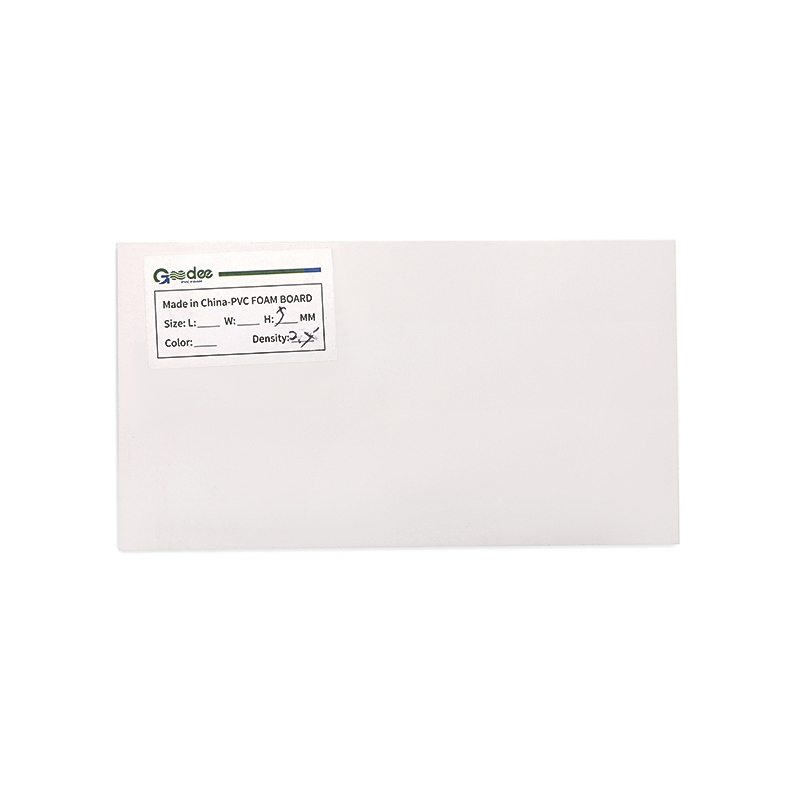WPC (Wood-Plastic Composite) door boards are a type of composite material used in door construction. They have gained popularity in recent years due to their unique combination of properties. To understand how WPC door boards compare to other composite materials like MDF (Medium-Density Fiberboard) or particleboard, it's important to consider various factors:
Material Composition:
WPC: WPC door boards are typically made from a blend of wood fibers or wood flour and thermoplastic materials (such as polyethylene, polypropylene, or PVC). This composition gives them the appearance of wood but with enhanced durability.
MDF: MDF is made from wood fibers bonded together with adhesives under heat and pressure. It consists of finely ground wood fibers, often mixed with wax and resin.
Particleboard: Particleboard is composed of wood particles (sawdust, wood chips, or shavings) mixed with adhesive and compressed into sheets.
Appearance:
WPC: WPC door boards often mimic the look of natural wood, making them visually appealing. They can have a wood grain texture and can be finished with various colors and patterns.
MDF: MDF has a smooth and uniform surface that is ideal for painting and veneering, but it lacks the natural wood grain texture.
Particleboard: Particleboard has a rougher texture compared to MDF and is typically used as a core material for furniture and cabinets, where a smooth surface is not required.
Durability and Moisture Resistance:
WPC: WPC door boards are known for their excellent moisture resistance. They are less prone to swelling, warping, or rotting compared to natural wood.
MDF: MDF is not moisture-resistant and can swell or become damaged when exposed to moisture. It requires proper sealing or finishing to protect it from moisture.
Particleboard: Particleboard is highly susceptible to moisture damage and should be kept away from water sources.
Strength:
WPC: WPC door boards are relatively strong and have good structural integrity. They can withstand moderate impacts and loads.
MDF: MDF is dense and has good bending strength but is not as strong as WPC in terms of impact resistance.
Particleboard: Particleboard is the least strong of the three materials and is primarily used in applications where strength is not a primary concern.
Weight:
WPC: WPC door boards are lightweight compared to solid wood but are heavier than both MDF and particleboard.
MDF: MDF is denser and heavier than particleboard but lighter than WPC.
Particleboard: Particleboard is the lightest of the three materials.
In summary, WPC door boards offer a good balance between the appearance of wood, durability, and moisture resistance. However, the choice between WPC, MDF, or particleboard should be based on your specific needs, budget, and the intended application. Each material has its advantages and disadvantages, and the selection should align with your project requirements.


 English
English Español
Español